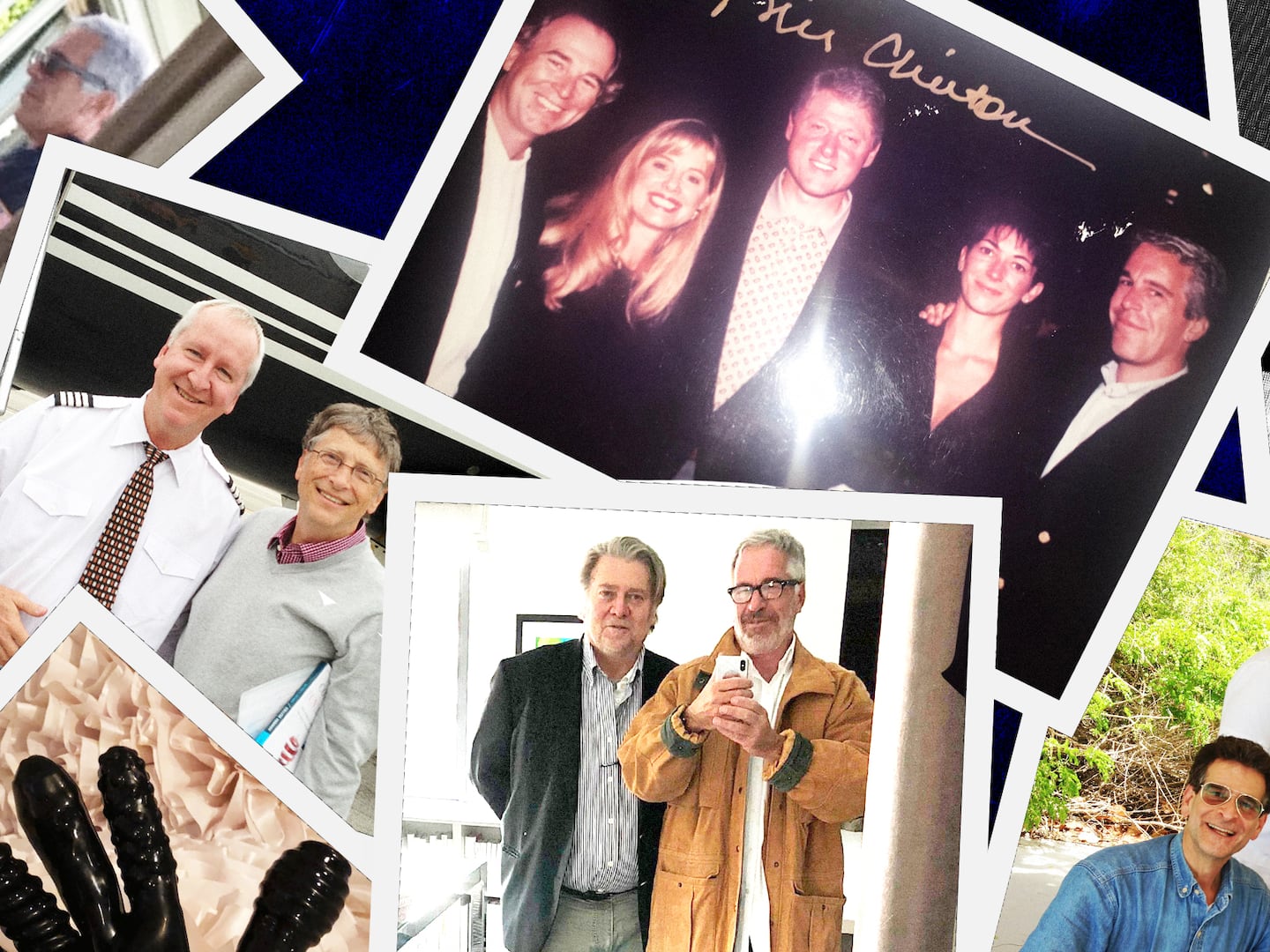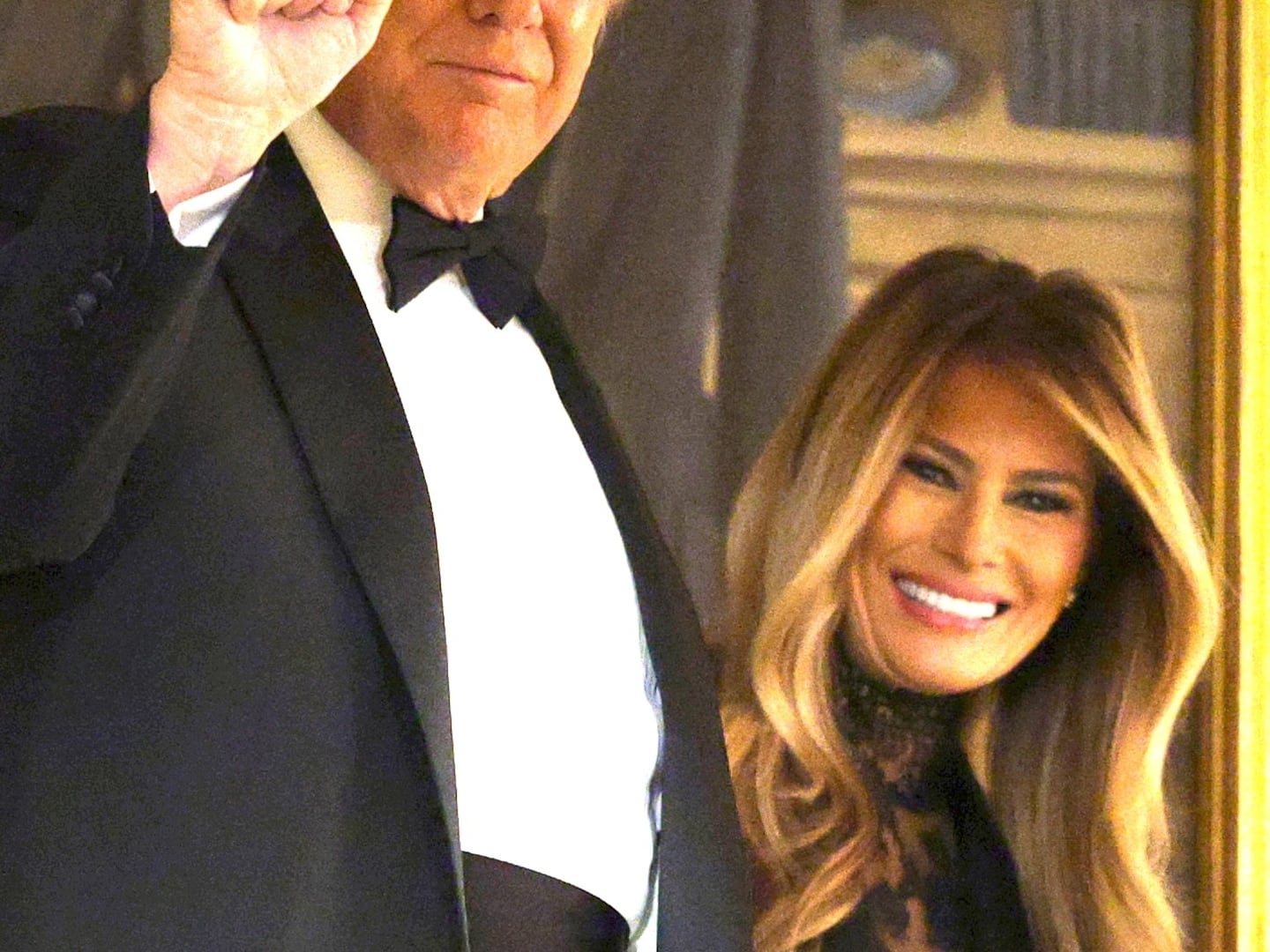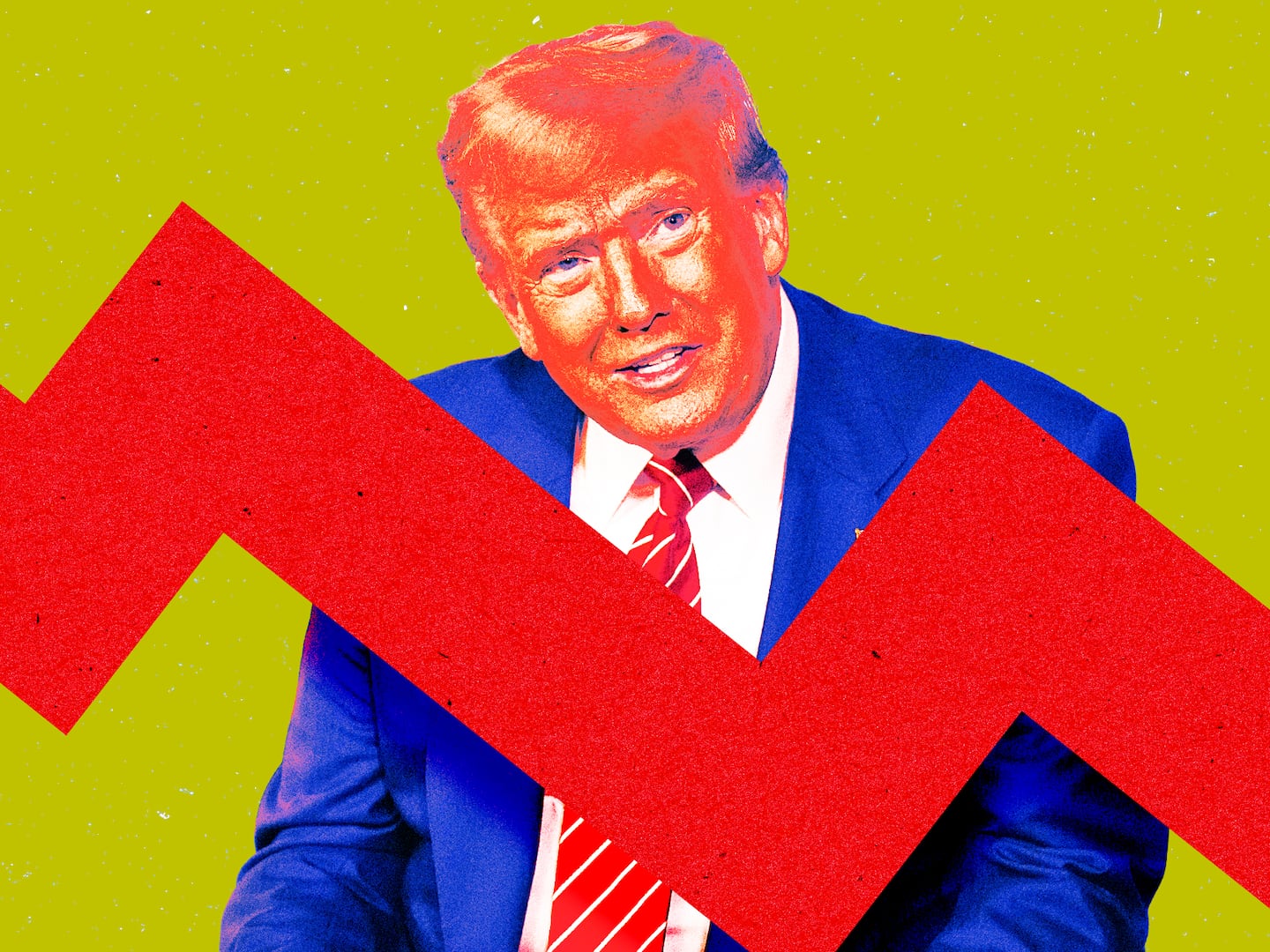It’s been a big week for Jeff Koons. The 59-year-old artist debuted a 37-foot-tall “living” structure consisting of over 50,000 flowers in Rockefeller Center, launched a collaboration with H&M, and opened his first major museum exhibition in New York, Jeff Koons: A Retrospective, at the Whitney Museum of American Art.

Koons, the master of kitsch, is not just another mainstream artist—he’s one of the world’s most successful. This year alone his sales have totaled over $112 million, not including the $58.4 million Balloon Dog (Orange), which broke auction records when it sold late last year. His celebrity status rivals, if not far surpasses, the Warholian persona that Koons embodies and embeds within his own work.
The Whitney knew that putting together a Koons retrospective wouldn’t be an easy feat. Just as Koons’ works can cost millions of dollars, so too can his exhibitions. Various other institutions throughout the city—and the world—have attempted to bring the idea to fruition, but failed due to the high price and technical precision that comes with producing and arranging his monumental works.
“It’s the perfect storm of difficulties,” the exhibition’s curator, Scott Rothkof, told The New York Times. “There are the sheer physical demands of the objects themselves, their high values and the fragile materials, to say nothing for the cliffhanger of waiting for works that have been in production for years.” There are 10-foot-tall stainless steel structures, a 15,000-pound granite gorilla, and a colossal replica of Play-Doh that has been 10 years in the making.
But, as the museum plans to move to a new location downtown in 2015, the Whitney decided it was worth it. “We wanted to say goodbye with a flourish,” museum director Adam Weinberg said at Tuesday’s press preview. “And I think after you see the show, you will think we succeeded.”
Spanning the artist’s 35-year career, the retrospective puts over 150 works on display, occupying the entire museum (sans the 5th floor permanent collection), marking the largest exhibition dedicated to a single artist in the Whitney Museum’s 84-year history. “This is an opportunity to view Jeff’s art in its totality—to trace its evolution and gain a deeper understanding of his accomplishments,” the museum’s director, Adam Weinberg, said. “For the first time, one can see the development of his work from 1979 to today, chronologically.”
Each gallery is organized to reveal a different chapter of Koons’ artistic development, totaling 13 series of works spanning the inflatable flowers of his early years in New York and the life-sized Hulk sculptures from the early 2000s to bronze lifeboats and stainless steel statuaries.
“We chose to install it from the second to the fourth floor because the building’s floor plate grows as you go up,” Rothkopf said. “The scale of the work grows, too. So you will see as you move through the show a sense of drama as Jeff’s work takes on a different scale. It was important to feel the story unfolding.”
The opening to the exhibition is electric—literally. Store-bought appliances, such as vacuum cleaners, are stacked on top of each other and encased in florescent lighting, a not-so-subtle ode to conceptual artist Marcel Duchamp’s now infamous readymade works. The New Series, as it has been known since its debut exhibition in 1980, is the beginning of Koons’ exploration of high art and commerce, which many of the art elite throughout history thought could only exist separately. “Jeff Koons has tested the limits of the art world,” Weinberg added. “He has redefined what art and an artist can be.”
The glowing shrines to consumerism became “a meditation on the obsession with novelty that underpins both art and consumer culture,” according to the wall text—a theme that becomes a common thread throughout the artist’s oeuvre, ranging from advertisements and toys to pornography and pop culture.
By the late ’80s, Koons was switching out his readymade electronics for the enlarged porcelain trinkets that fill his Banality series. These works evoke a nostalgia for childhood toys, biblical characters, and pop-culture icons while Koons imbues the kitschy creations with subversive undertones. Crafted in porcelain and polychromed wood, an enlarged St. John the Baptist holds a pig and a penguin; Michael Jackson—gilded in gold—poses with his favorite pet monkey, Bubbles; and a busty, bare-chested blonde holds a menacing Pink Panther in her arms, his tail strategically placed near her backside, sexing up a seemingly innocent childhood character.
The sexuality that occurs throughout all of Koons’ work is exaggerated even further in his Made in Heaven series—a not-so-acclaimed collection of works created with his then-wife, Italian porn star and MP Cicciolina. The couple is shown nude, in monumental size, provocatively posing in a glitzy and fairy tale aesthetic with an occasional explicit close-up. “Just when it looked as if the ’80s were finally over, Jeff Koons has provided one last, pathetic gasp of the sort of self-promoting hype and sensationalism that characterized the worst of the decade,” Michael Kimmelman said of the early ’90s exhibit. “What is worse, it does so only to affirm sexist stereotypes.”
The pinnacle of Koons’ monumentality occurs on the fourth floor, toward the end of the exhibition. These works are what make a Koons retrospective so hard to organize—and that underscore the momentousness achievement of the Whitney. Celebration, as the series is known, consists of giant, reflective balloon animals and figures, a massive pile of brightly colored, aluminum-casted Play-Doh and a Cat on a Clothesline, all of which tower over 10 feet tall and are considered “some of the most technologically demanding objects ever produced in the history of postwar art.”
“The technological innovations that produce the shiny surfaces of balloon dogs or the mute white of a snowman were developed in concert with some of the most highly advanced minds in science and industry,” the museums chief curator, Donna de Salvo, said to the press. “In fact, in many cases Jeff has had to wait for technology to catch up with his vision.”
Jeff Koons: A Retrospective is on display at the Whitney Museum of American Art from June 27 to October 19, 2014. An exhibition catalog, published by Yale University Press, is available for purchase.






